How to Address Rigid Thinking Patterns Using ABA Strategies
Unpacking the Methods of ABA in Combating Rigid Thinking

Understanding Rigid Thinking in Autism
Rigid thinking is a hallmark symptom for many individuals on the autism spectrum, profoundly impacting their ability to adapt and navigate through everyday situations. This article will delve into how Applied Behavior Analysis (ABA) can be utilized to address such rigid thinking patterns, offering insights into practical strategies for promoting cognitive flexibility, and the role of parental involvement in managing these challenges. It aims to provide comprehensive understanding and actionable knowledge, building a detailed picture of how ABA can be effectively employed to foster adaptability and improve life skills in autistic individuals.
The Role of ABA in Addressing Rigid Thinking Patterns
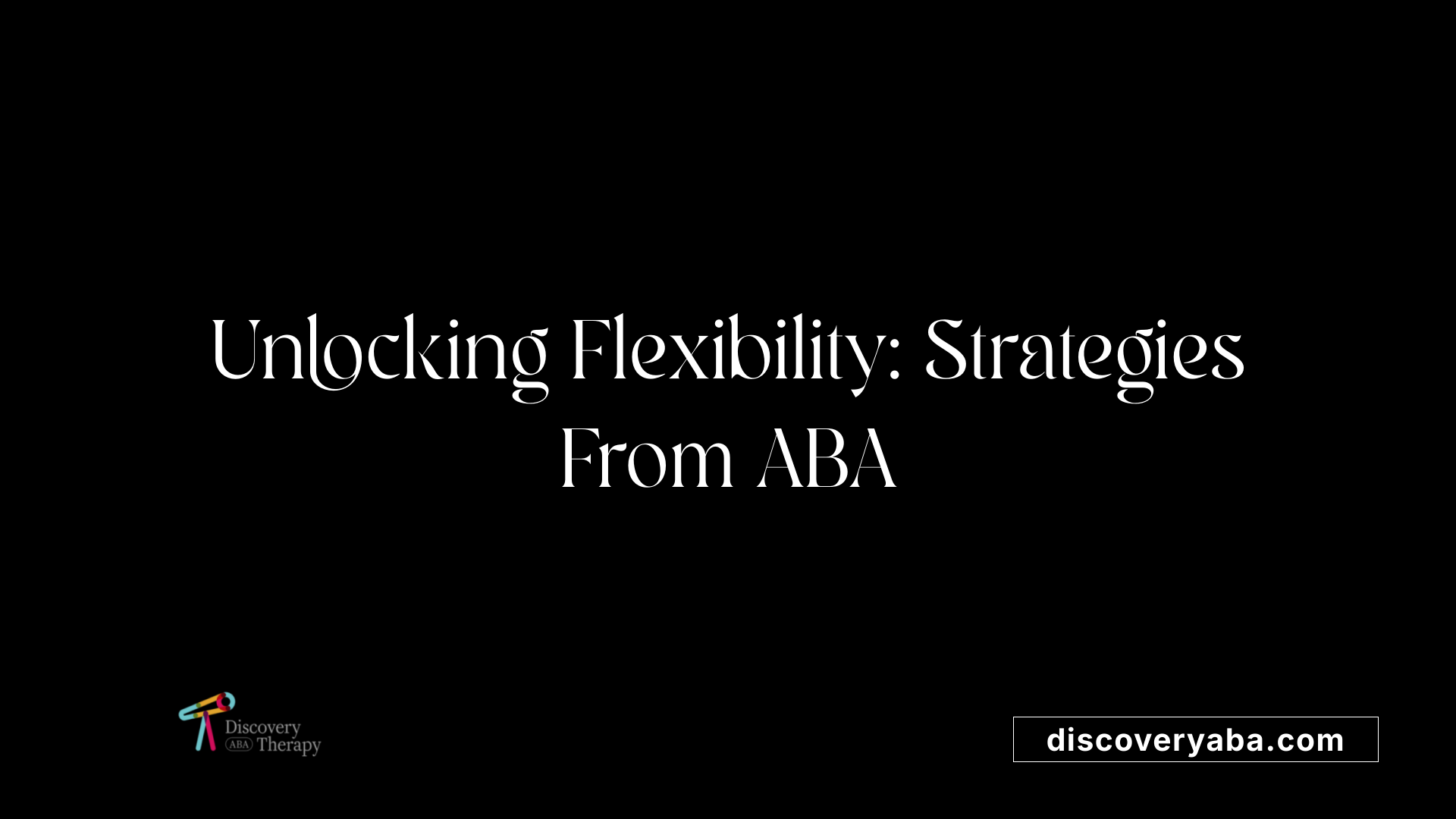
How can Applied Behavior Analysis (ABA) strategies help address rigid thinking patterns?
Applied Behavior Analysis (ABA) strategies offer effective methods to tackle cognitive rigidity often seen in individuals with autism. One fundamental approach is to introduce small changes gradually. This allows individuals to adapt to new circumstances without feeling overwhelmed, enhancing their ability to cope with transitions.
Positive reinforcement is another powerful tool in ABA. By rewarding attempts and successes in demonstrating flexibility, it encourages individuals to explore new situations and experiences. This can significantly boost motivation and reduce resistance to change.
Visual supports are also vital in ABA. Tools like social stories and visual schedules help prepare individuals for upcoming transitions, clarifying what to expect and thus minimizing anxiety. By incorporating these visuals into routine, caregivers can create a structured environment that fosters understanding and acceptance of changes.
Why are gradual changes important in ABA?
Gradual changes are crucial in minimizing stress and promoting adaptability. Many individuals with autism benefit from predictability; abrupt changes can lead to anxiety and challenging behaviors. By breaking down transitions into manageable steps, ABA helps to ease these worries.
In summary, ABA strategies, including gradual changes, positive reinforcement, and visual supports, are instrumental in addressing rigid thinking patterns. They pave the way for improved cognitive flexibility, allowing individuals to learn, grow, and thrive in diverse environments.
Practical Approaches to Combat Cognitive Rigidity
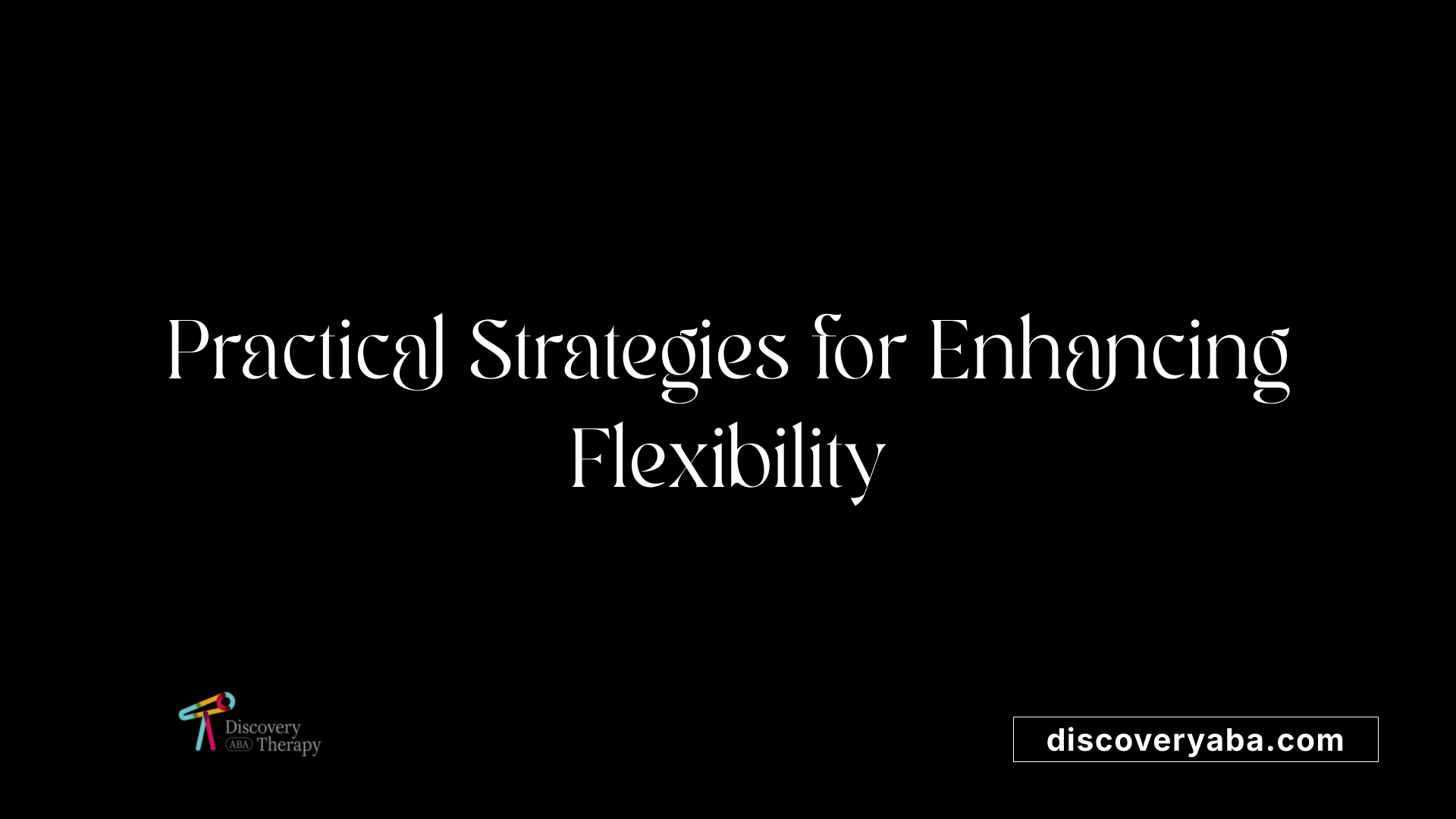
What are some practical strategies to overcome rigid thinking?
To effectively overcome rigid thinking, individuals can consider several practical strategies. Self-awareness is paramount; recognizing one’s rigid thought patterns and understanding their influence on emotions and behaviors can aid in addressing them.
Challenging rigid thoughts is another significant step. Actively trying new experiences and stepping outside comfort zones can promote flexibility. For instance, engaging in activities that necessitate adaptation can enhance cognitive flexibility over time.
Therapeutic support plays a vital role. Therapies like Cognitive Behavioral Therapy (CBT) are effective in helping individuals pinpoint the roots of their rigid thoughts and develop tailored strategies for modification.
Incorporating positive self-talk can also foster a more adaptable mindset. By reframing challenges as opportunities for growth, individuals can prepare themselves mentally for potential changes.
Finally, varying daily routines can reduce reliance on rigid patterns. Simple changes, such as taking a different route to school or altering meal times, can help cultivate adaptability and openness to the unexpected.
Role of self-awareness and therapy
Self-awareness, coupled with the right therapeutic interventions, is crucial in combating cognitive rigidity. Individuals who are aware of their tendencies are more likely to recognize when they are falling into rigid thinking patterns. Additionally, therapies such as CBT provide structured methods to replace negative thinking with more flexible thought processes.
Practical strategies, in conjunction with support from therapists, can empower individuals to not only understand their cognitive hurdles but also to develop skills to navigate the complexities of everyday situations effectively. By promoting flexibility, these approaches enable a richer, more fulfilling life.
The Impacts of Cognitive Inflexibility in Autism
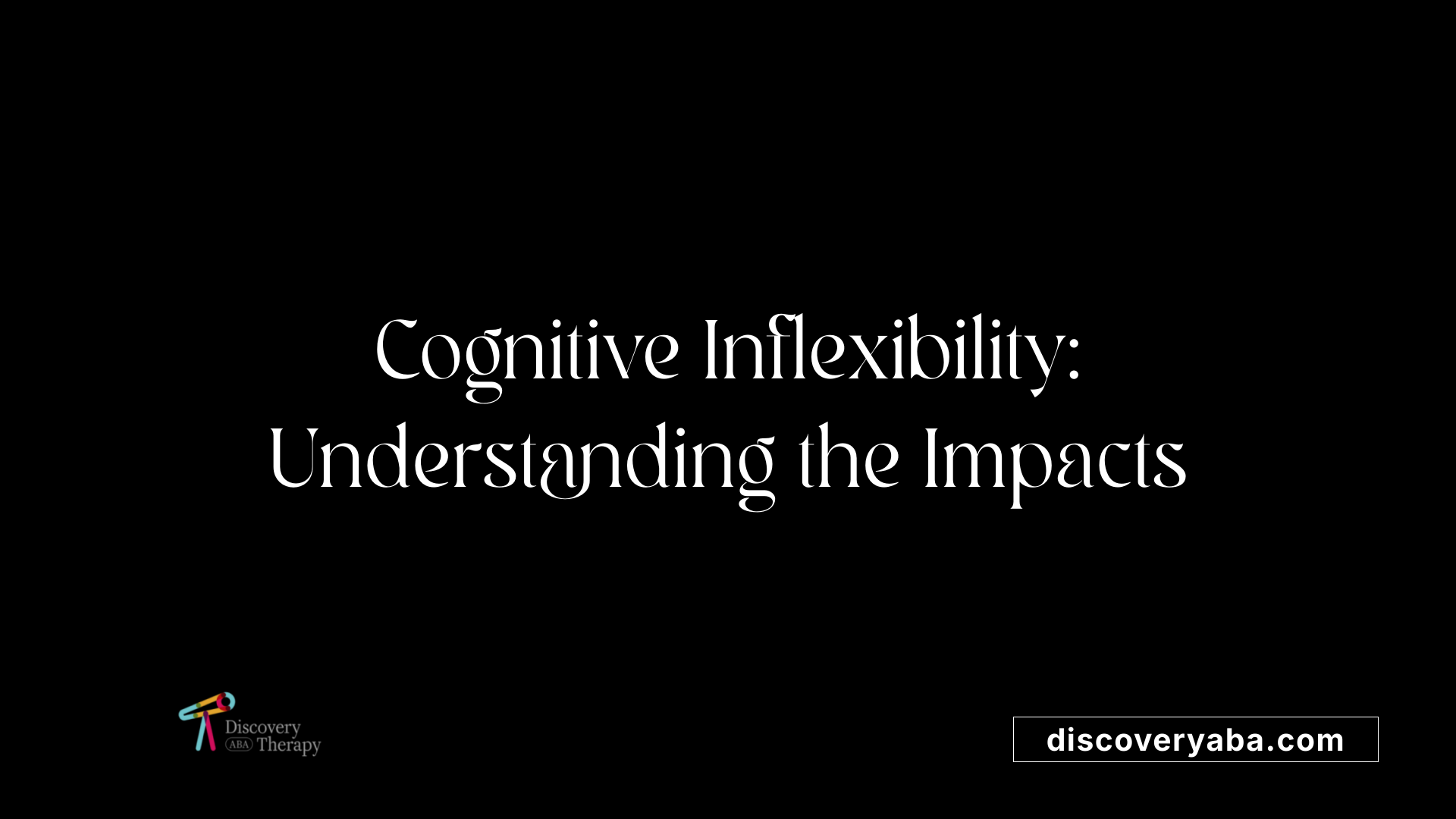
How does cognitive inflexibility affect individuals with autism?
Cognitive inflexibility, often referred to as cognitive rigidity, plays a significant role in the lives of individuals with autism. This rigidity imposes limitations on their ability to adapt to changes and navigate new situations effectively. Consequently, this can lead to increased stress and anxiety, particularly when unexpected disruptions occur.
Behavioral manifestations of cognitive rigidity can include:
- Tantrums or meltdowns in response to sudden changes.
- Self-injurious behaviors as a reaction to overwhelming situations.
- Aggression directed towards oneself or others when faced with uncertainty. These behaviors frequently arise during alterations to routines or unexpected events, highlighting the distress that cognitive inflexibility can induce.
In addition to behavioral challenges, cognitive rigidity also complicates social interactions. Individuals may have difficulty understanding social cues or adapting to social contexts, resulting in social isolation. Restricted and repetitive behaviors, which are hallmark traits of autism, can further alienate individuals from their peers, limiting opportunities for relationship building and social skills development.
Effects on social interactions and emotional regulation
Emotional regulation can also be adversely affected by cognitive inflexibility. Research indicates that individuals exhibiting such rigidity are at a higher risk for emotional challenges, especially during adolescence and young adulthood. For example, studies have shown connections between cognitive inflexibility and increased rates of depression and anxiety.
To illustrate:
| Impact | Description | Example |
|---|---|---|
| Social Exclusion | Difficulty adapting may lead to isolation | Avoidance of group activities due to fear of unpredictability |
| Emotional Distress | Rigid thinking correlates with anxiety | Increased stress during transitions, leading to withdrawal |
| Behavioral Issues | Rigidity can result in confrontational behaviors | Meltdowns when routines are disrupted |
Effective interventions, including strategies from Applied Behavior Analysis (ABA) and Cognitive Behavioral Therapy (CBT), can be pivotal in promoting cognitive flexibility. These approaches help individuals recognize and modify unhelpful thought patterns, ultimately improving their adaptability in daily environments. By fostering cognitive flexibility, these strategies aim to mitigate the challenges of rigidity, paving the way for healthier emotional and social experiences.
Parental Involvement in Managing Rigid Thinking
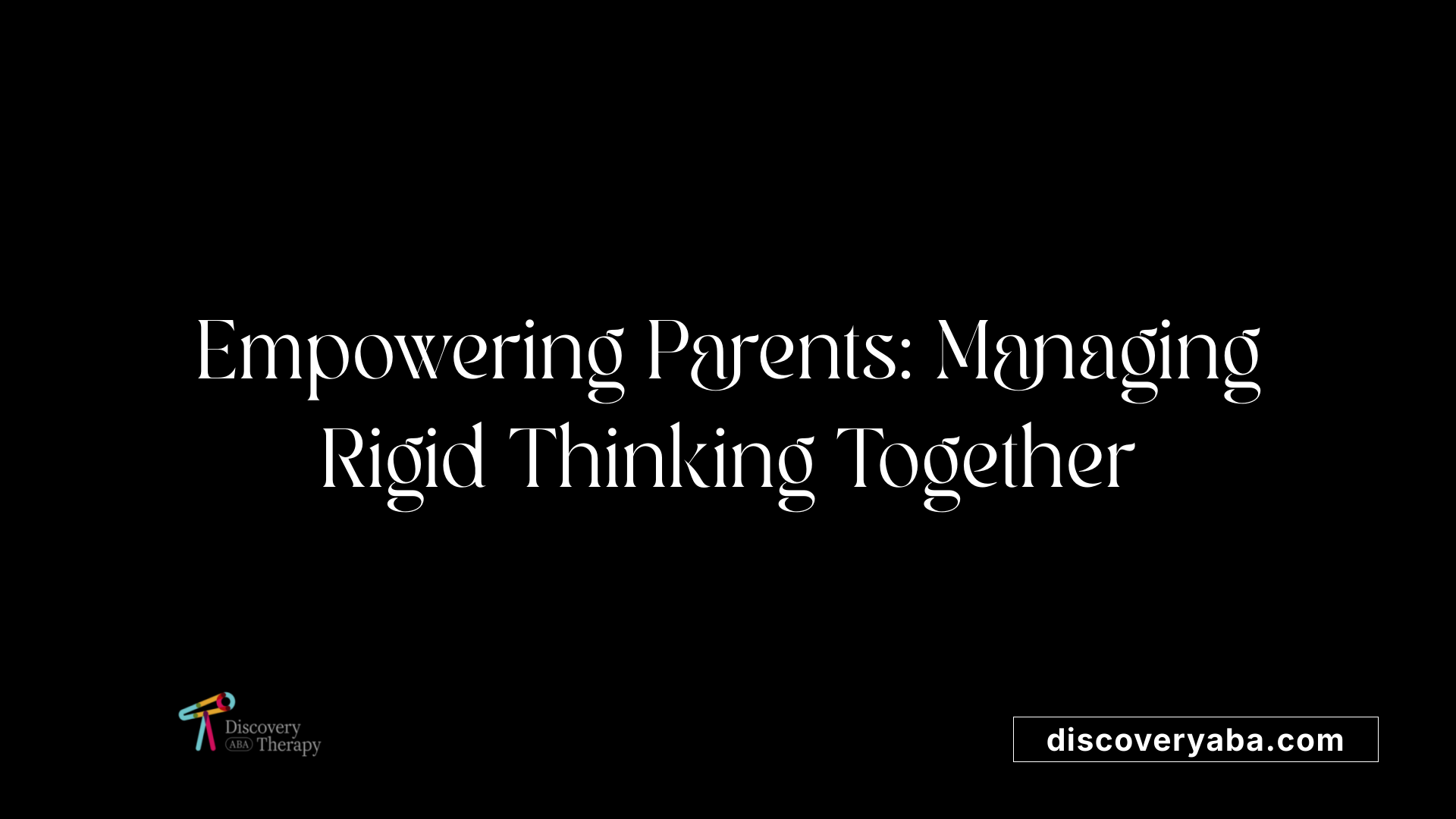
How can parents be involved in managing rigid thinking patterns in children with autism?
Parents hold a significant position in supporting their children’s development, particularly in addressing rigid thinking patterns associated with autism. Engaging actively in their child’s ABA therapy allows parents to apply consistent strategies at home, reinforcing flexibility and facilitating the generalization of skills across different environments.
Strategies for Parents in ABA Therapy
- Routine Adjustments: Parents can gradually introduce small changes to daily routines, helping children adapt to new situations incrementally. This approach reduces anxiety and enhances coping mechanisms.
- Use of Visual Supports: Tools like visual schedules and social stories can help children understand transitions better, easing the anxiety related to changes.
- Positive Reinforcement: Rewarding flexible behavior encourages children to engage in new activities and learn to cope with unexpected situations.
- Collaboration with Therapists: Consistent communication with ABA therapists ensures that parents are well-informed about strategies, interventions, and goals tailored for their child's unique challenges.
Training Programs for Parents
To enhance their involvement, many organizations offer training programs designed to equip parents with ABA techniques and insights into their child's needs. These programs empower parents by:
- Improving their understanding of autism and associated rigid thinking patterns.
- Enhancing their skills in implementing ABA principles effectively at home.
- Fostering a supportive environment that nurtures their child's growth and independence.
By addressing parental challenges, such as stress management, and promoting self-efficacy, these programs contribute to improved engagement in interventions, benefiting both the child and the family. A collaborative approach ensures that children receive comprehensive support, ultimately leading to better outcomes across various settings.
How CBT Complements ABA in Overcoming Rigid Thinking
Can Cognitive Behavioral Therapy (CBT) assist in overcoming rigid thinking in individuals with autism?
Cognitive Behavioral Therapy (CBT) is a beneficial therapeutic approach for addressing rigid thinking in individuals with autism. It assists by identifying and changing negative thought patterns and behaviors, thereby promoting more flexible thinking and adaptive coping strategies.
Role of Cognitive Behavioral Therapy in promoting flexibility
CBT is effective in breaking down cognitive rigidity by:
- Identifying unhelpful thoughts: By recognizing patterns of rigid thinking that inhibit adaptability, individuals learn to challenge and replace them.
- Promoting adaptive skills: CBT encourages individuals to develop personalized problem-solving strategies, enhancing their resilience in various life situations.
- Reducing anxiety: Through methods like exposure therapy, CBT helps lessen anxiety associated with transitions, making it easier for individuals to embrace change.
Integration of CBT with ABA
Integrating CBT with Applied Behavior Analysis (ABA) presents several advantages:
- Enhanced learning: Combining structured ABA techniques with the cognitive flexibility promoted by CBT results in a more well-rounded approach to learning.
- Personalized interventions: Tailoring ABA strategies while employing CBT methods enables more responsive therapeutic environments, addressing the unique needs of each individual.
- Balanced skill acquisition: This integration supports the development of both cognitive and social skills, equipping individuals with practical tools to navigate real-world scenarios effectively.
By leveraging both CBT and ABA, interventions can better address cognitive inflexibility, fostering independence and improving overall quality of life for individuals with autism.
Beyond Rigid Interventions: Flexibility in ABA
Challenges of inflexible ABA interventions
Rigid ABA interventions focus on structured teaching methods that can inadvertently limit learning opportunities in real-world contexts. This strict adherence to predetermined rules can create significant barriers like reduced motivation and social skill development. Individuals may struggle with basic life skills because the one-size-fits-all approach doesn’t suit their unique needs.
Moreover, cognitive rigidity, commonly seen in individuals with autism, manifests through challenges in transitioning, adherence to routines, and problem-solving difficulties. Excessive rigidity can hinder autonomy and adaptability, as these prescribed methods often disregard the individual differences in cognitive profiles that are essential for effective learning.
Importance of personalized ABA programs
To combat these challenges, tailored ABA programs are essential. They focus on the individual’s needs, promoting independence and enhancing cognitive flexibility. Utilizing visual supports, such as social stories and visual schedules, plays a crucial role in helping individuals navigate transitions.
By integrating various ABA techniques, therapists can create balanced approaches, enabling skill acquisition while nurturing flexibility. For instance, incorporating elements of Cognitive Behavioral Therapy (CBT) can assist in modifying rigid thought patterns, paving the way for greater adaptability. Through these personalized strategies, practitioners can foster an environment where individuals learn to embrace flexibility, facilitating their growth in a variety of settings.
Exploring Visual Supports in ABA Therapy

Using visual aids for better transitions
Visual supports play a crucial role in Applied Behavior Analysis (ABA) therapy by assisting individuals with autism in understanding transitions. Tools such as visual schedules and social stories help break down tasks into manageable steps, making it easier for them to navigate changes in routine.
By providing concrete representations of what to expect, these visual aids reduce uncertainty and support smoother transitions. For instance, a visual schedule can outline the sequence of daily activities, helping the child anticipate what comes next.
Role of visual tools in reducing anxiety
Anxiety is a common challenge for individuals with autism, especially when faced with transitions. Visual tools can effectively mitigate this anxiety by clarifying expectations and informing individuals about upcoming changes.
By using colorful graphics or simple symbols, caregivers can create a supportive environment that promotes relaxation and confidence during changes. This approach ultimately enhances the child’s adaptability and emotional well-being, fostering a greater sense of independence.
Overcoming Barriers: Adapting ABA Techniques
Combination of Discrete Trial Training and Natural Environment Training
To effectively address the rigid thinking patterns often observed in individuals with autism, combining different ABA techniques like Discrete Trial Training (DTT) and Natural Environment Training (NET) can be particularly beneficial. DTT focuses on structured teaching strategies that break down complex tasks into manageable steps. This approach reinforces learning in a controlled environment.
On the other hand, NET allows for skill acquisition in more naturalistic settings. It promotes learning through meaningful interactions, encouraging flexibility as students apply skills in real-world scenarios. By integrating these techniques, practitioners can provide a more balanced approach that supports both structure and adaptability.
Balancing Structure and Adaptability in ABA
Finding the right balance between structured teaching and adaptability is crucial in ABA therapy. Rigid ABA methods can limit opportunities for social skill development and hinder adaptability, leading to challenges in independent decision-making and problem-solving.
Incorporating visual supports, such as schedules and social stories, aids individuals in navigating transitions and reduces anxiety associated with unexpected changes. Positive reinforcement can also promote engagement in new activities, helping to foster cognitive flexibility.
Ultimately, addressing the unique cognitive profiles of individuals with autism through individualized treatment approaches enhances the potential for effective learning and adaptation in diverse situations.
Neurological Insights into Rigid Thinking
Role of the prefrontal cortex in cognition
The prefrontal cortex plays a crucial role in decision-making, problem-solving, and cognitive flexibility. In individuals with autism, alterations in this brain region can lead to difficulties in adapting to new information. These neurological differences contribute to cognitive rigidity, which affects the ability to manage tasks effectively and cope with transitions.
How neurological differences affect flexibility
Neurological variations present in autism can impact a person’s cognitive processes, leading to rigid thought patterns. This rigidity often manifests as a reliance on routines or specific interests, hindering adaptability and emotional regulation. By understanding these neurological foundations, parents and educators can tailor therapeutic interventions to better support cognitive flexibility, ultimately assisting individuals in overcoming challenges posed by rigid thinking.
| Aspect | Description | Impact on Individuals |
|---|---|---|
| Prefrontal Cortex | Responsible for decision-making | Influences problem-solving and adaptability |
| Cognitive Rigidity | Limited flexibility in thinking | Challenges in social skills and transitions |
| Neurological Differences in Autism | Unique brain structure affecting cognition | Leads to adherence to routines, impairs adaptation |
Building Independence Through ABA
Encouraging problem-solving skills
ABA therapy recognizes the importance of breaking down complex tasks into smaller, manageable steps. This structured approach helps children enhance their problem-solving abilities. By systematically analyzing situations, children can adapt their strategies and find effective solutions.
Training in logical thinking and understanding the cause-and-effect relationship of their actions fosters independence. Combining techniques from different ABA methods, such as Discrete Trial Training and Natural Environment Training, provides a balanced strategy to build these essential skills. Children learn to generalize these problem-solving techniques in various contexts, making this capability invaluable.
Promoting decision-making in ABA
Decision-making skills are crucial for independence, particularly for individuals with autism. ABA therapy aids children in evaluating options and making informed choices, which are foundational skills for becoming self-sufficient. By involving children in the decision-making process, they learn to weigh their choices and the consequences of their actions.
Positive reinforcement during this process encourages flexibility, allowing children to engage in new or previously unconsidered activities. This reinforcement boosts their confidence and self-esteem, empowering them to navigate decisions more autonomously and effectively throughout their lives.
The Link Between Sensory Sensitivities and Rigid Thinking
Impact of sensory issues on behavior
Sensory sensitivities are prevalent among individuals with autism and can significantly influence their behaviors. These sensitivities often manifest as a strong reaction to sensory stimuli such as sounds, lights, or textures, leading to heightened anxiety. To manage these overwhelming experiences, individuals may develop rigid routines or behaviors to exert control over their environments. For example, they might insist on wearing specific clothing materials or following set patterns in their daily activities.
Strategies to address sensory-based rigidity
To promote flexibility in the face of sensory sensitivities, various strategies can be employed:
- Visual Supports: Utilizing visual schedules or social stories can help individuals anticipate changes and adapt to new situations gradually.
- Gradual Introductions: Introducing small changes in routines can reduce anxiety associated with transitions, making them easier to navigate.
- Positive Reinforcement: Encouraging flexible behavior through rewards can motivate individuals to engage with alternatives instead of sticking strictly to their comfort zones.
By focusing on these strategies, caregivers and educators can help individuals with autism develop greater cognitive flexibility, mitigating the impact of rigid thinking rooted in sensory issues.
Integrating Strategies for Greater Outcomes
Addressing rigid thinking in individuals with autism requires a dynamic and multi-faceted approach. By integrating ABA strategies with CBT, and including parental involvement, one can foster cognitive flexibility, leading to an enhanced ability to navigate life's challenges. Understanding the neurological underpinnings and acknowledging sensory sensitivities provide critical insights into tailoring interventions for more effective outcomes. Together, these strategies not only improve adaptability but also promote independence and resilience, contributing to a better quality of life for individuals with autism and their families.
References
- Understanding Rigid ABA Interventions - All Star ABA Therapy
- Addressing 4 Examples of Rigid Thinking in Autism - JADE ABA
- Explore Different Rigid ABA Strategies - All Star ABA Therapy
- ABA Therapy for Problem-Solving and Critical Thinking Skills
- Exploring Autism Rigid Thinking in Adults - A Better Way ABA
- The Role of Caregiver Involvement in ABA Therapy - BHCOE
- Parental Quality of Life and Involvement in Intervention for Children ...
- How to Encourage Parental Involvement and Boost the Success of ...
- [PDF] Effectiveness of Parent-Led Applied Behavior Analysis at Improving ...
Find More Articles
Contact us
North Carolina, Tennessee, Nevada, New Jersey, Utah, Virginia
New Hampshire, Maine
Massachusetts, Indiana, Arizona, Georgia
.avif)




















.jpeg)














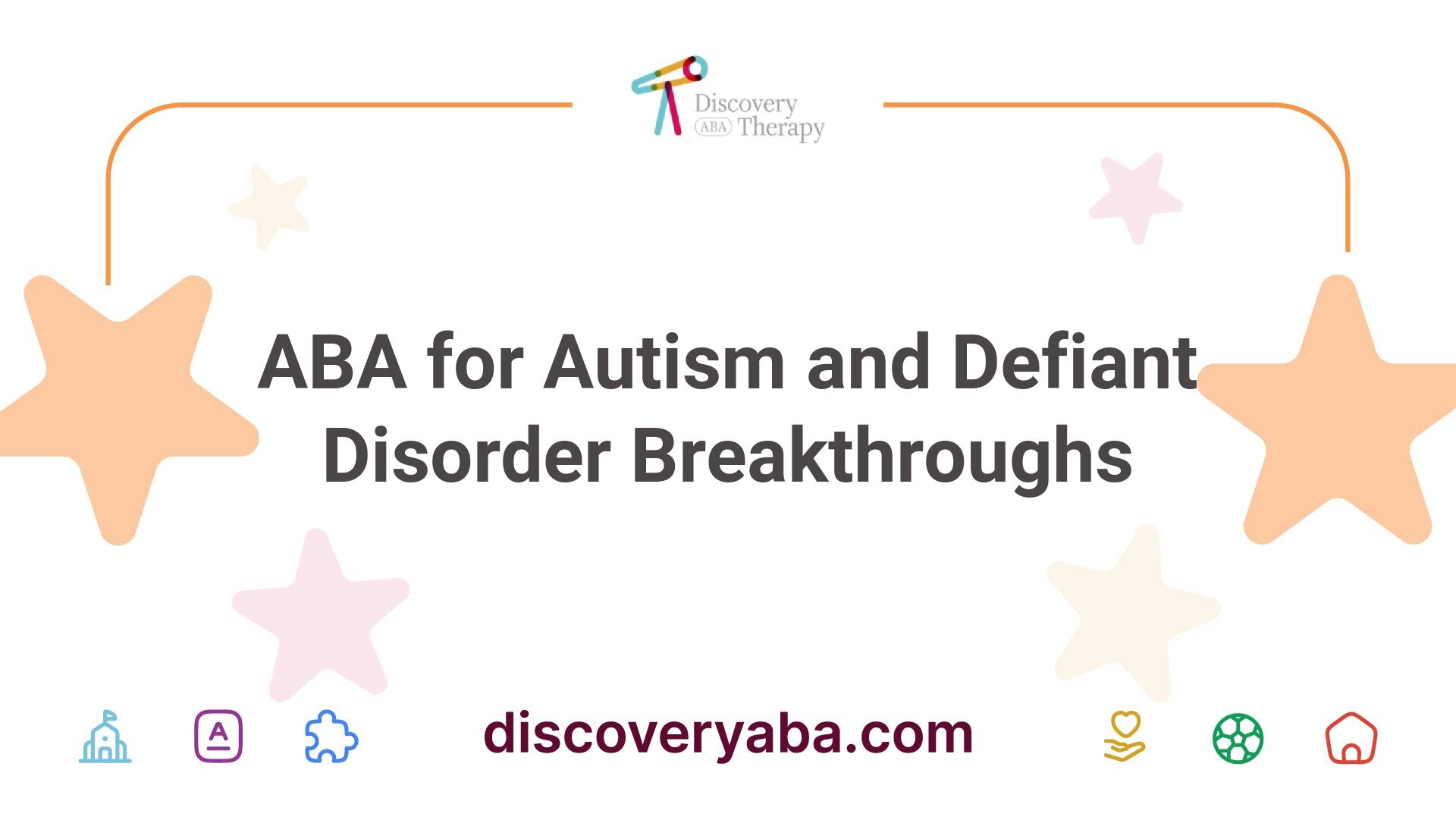






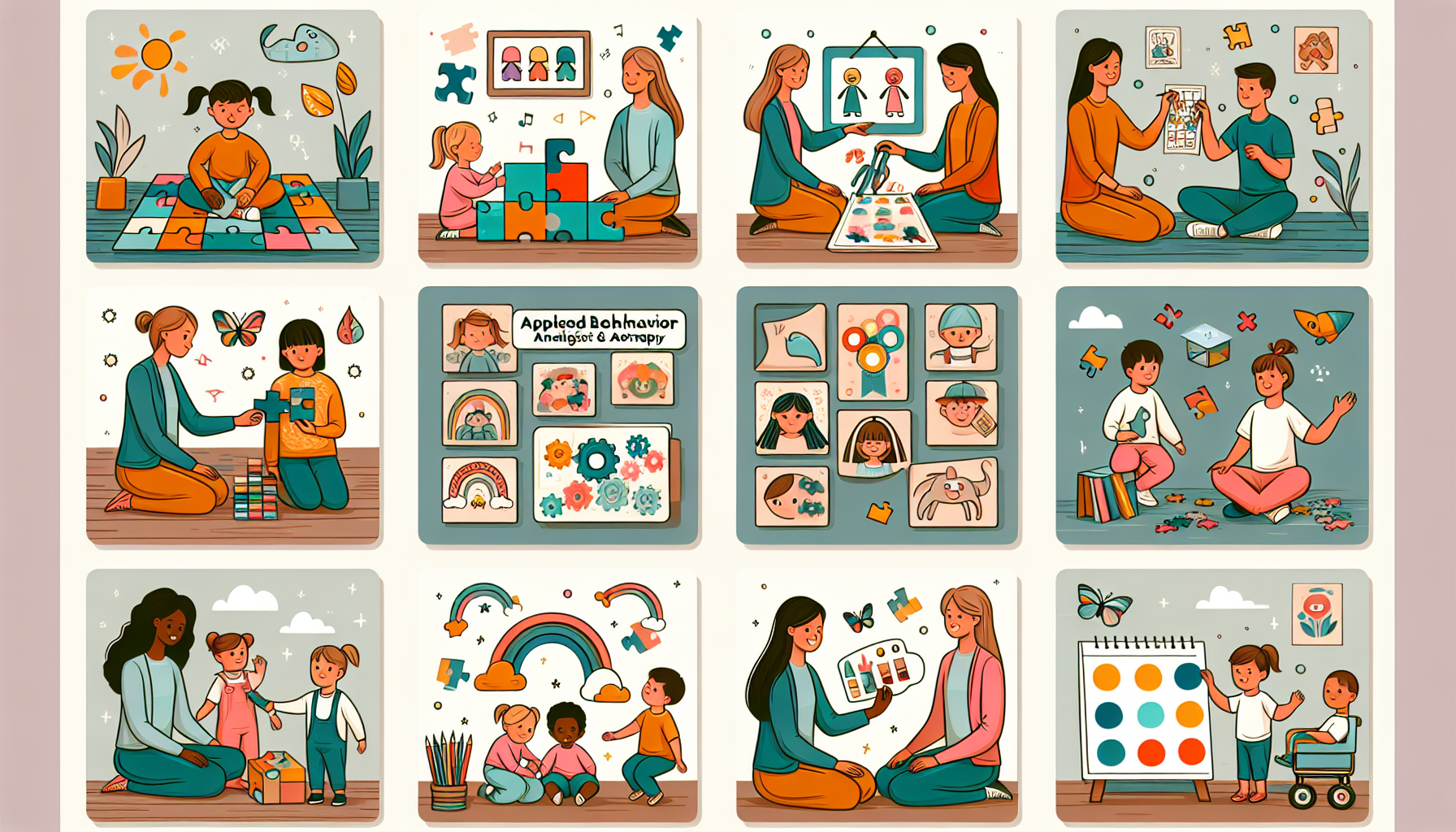
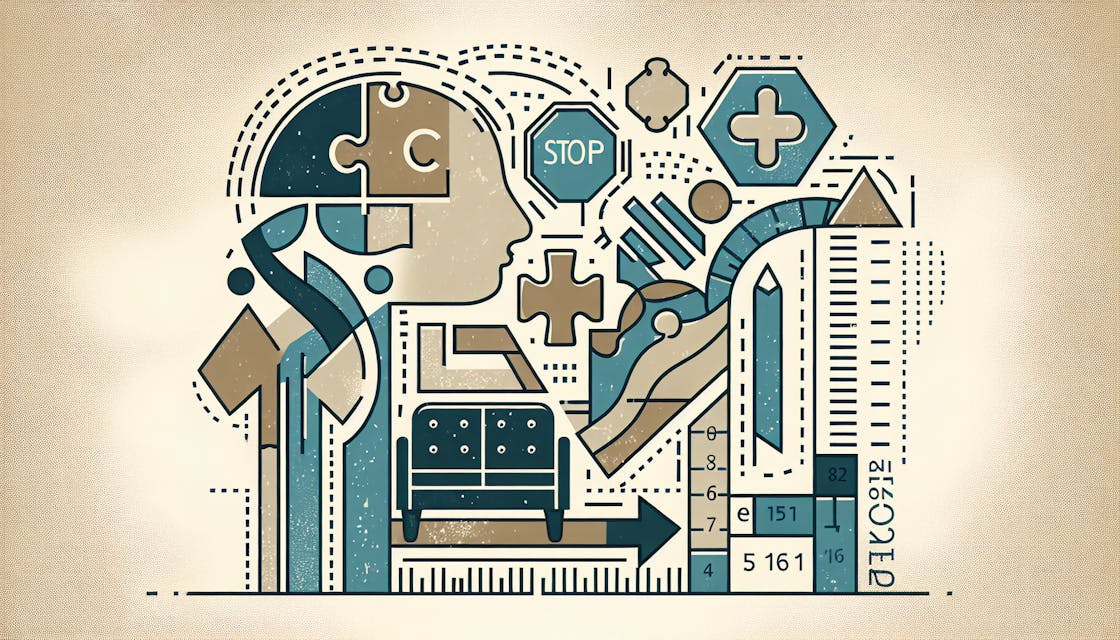




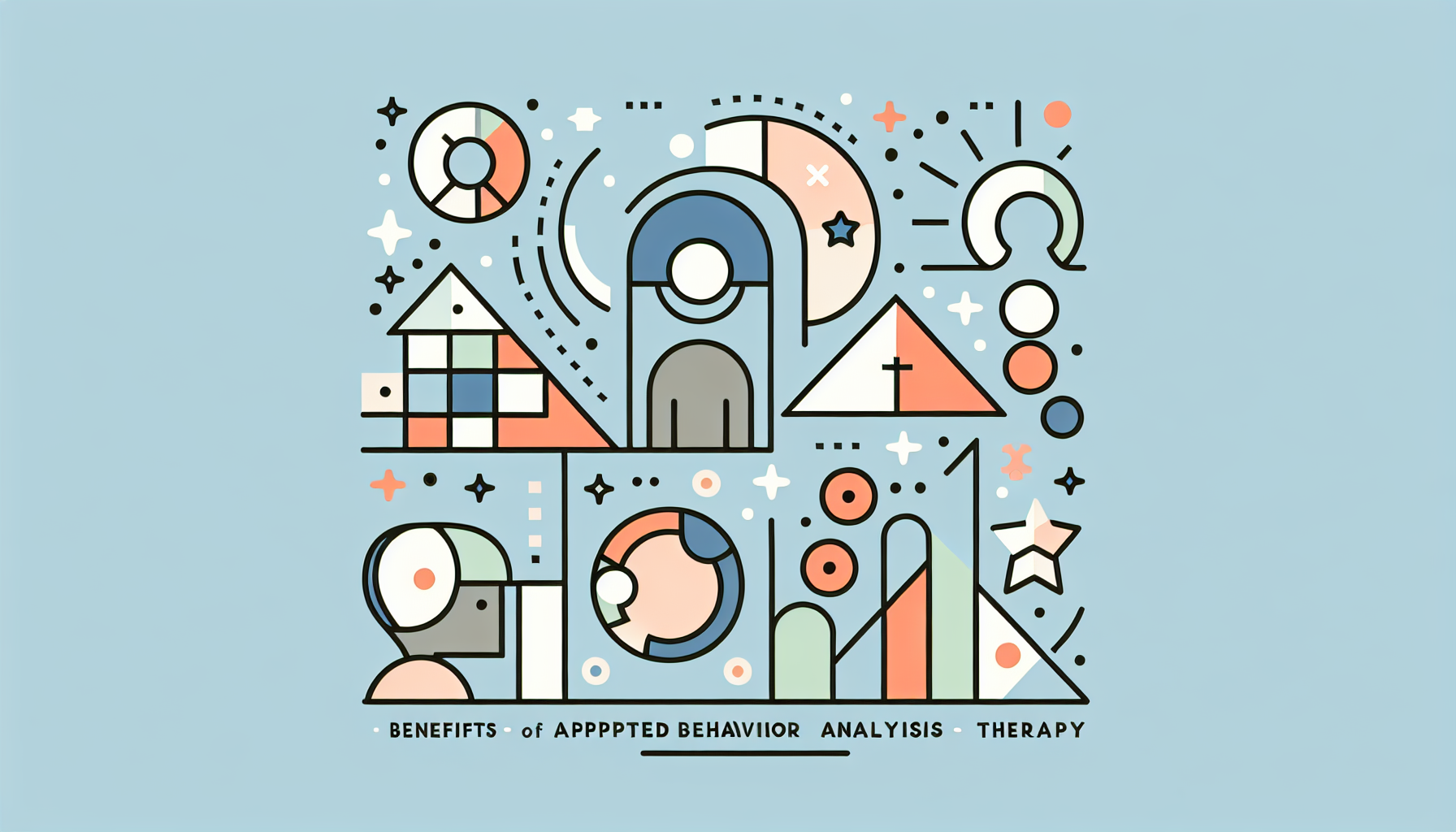






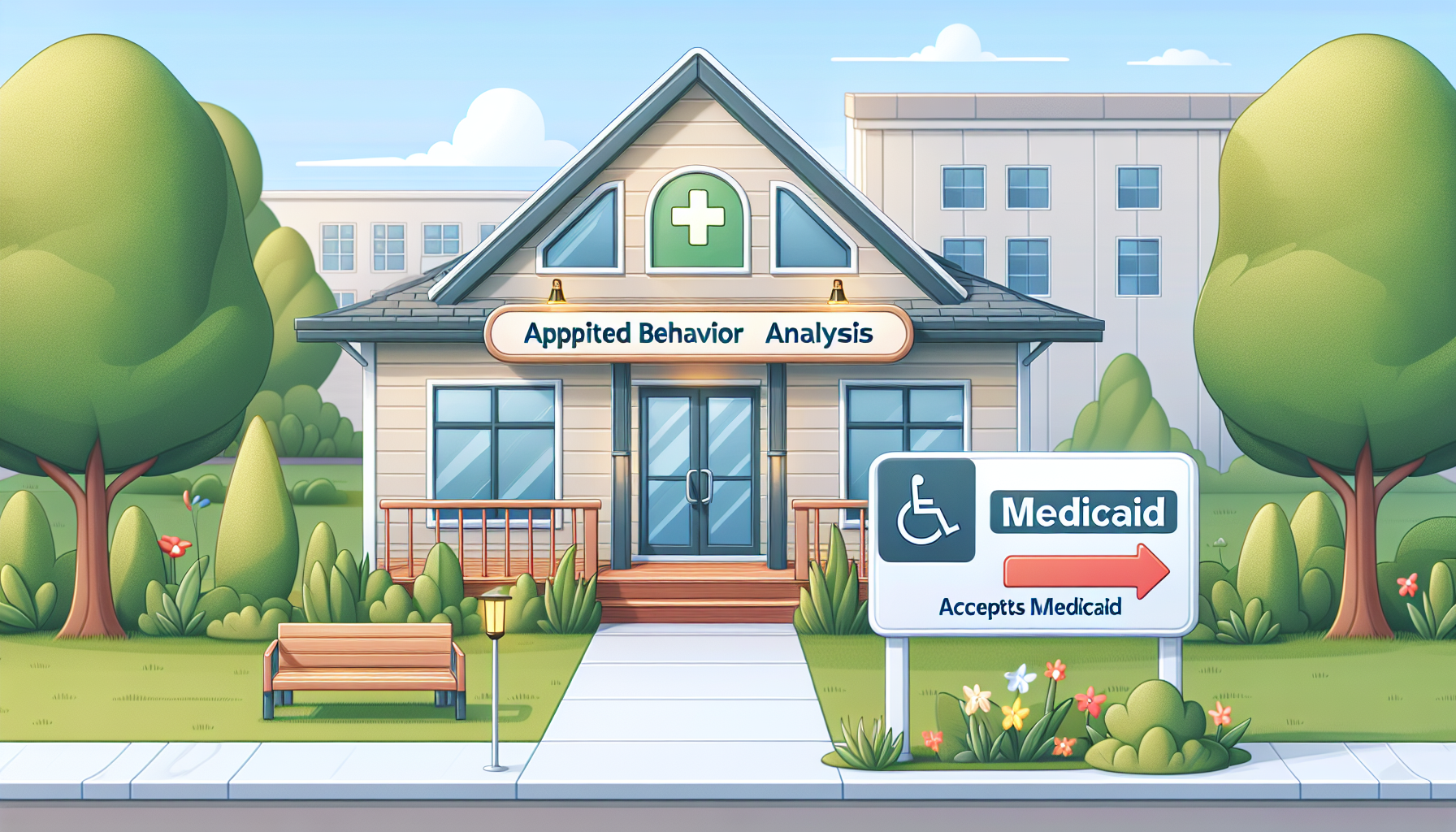




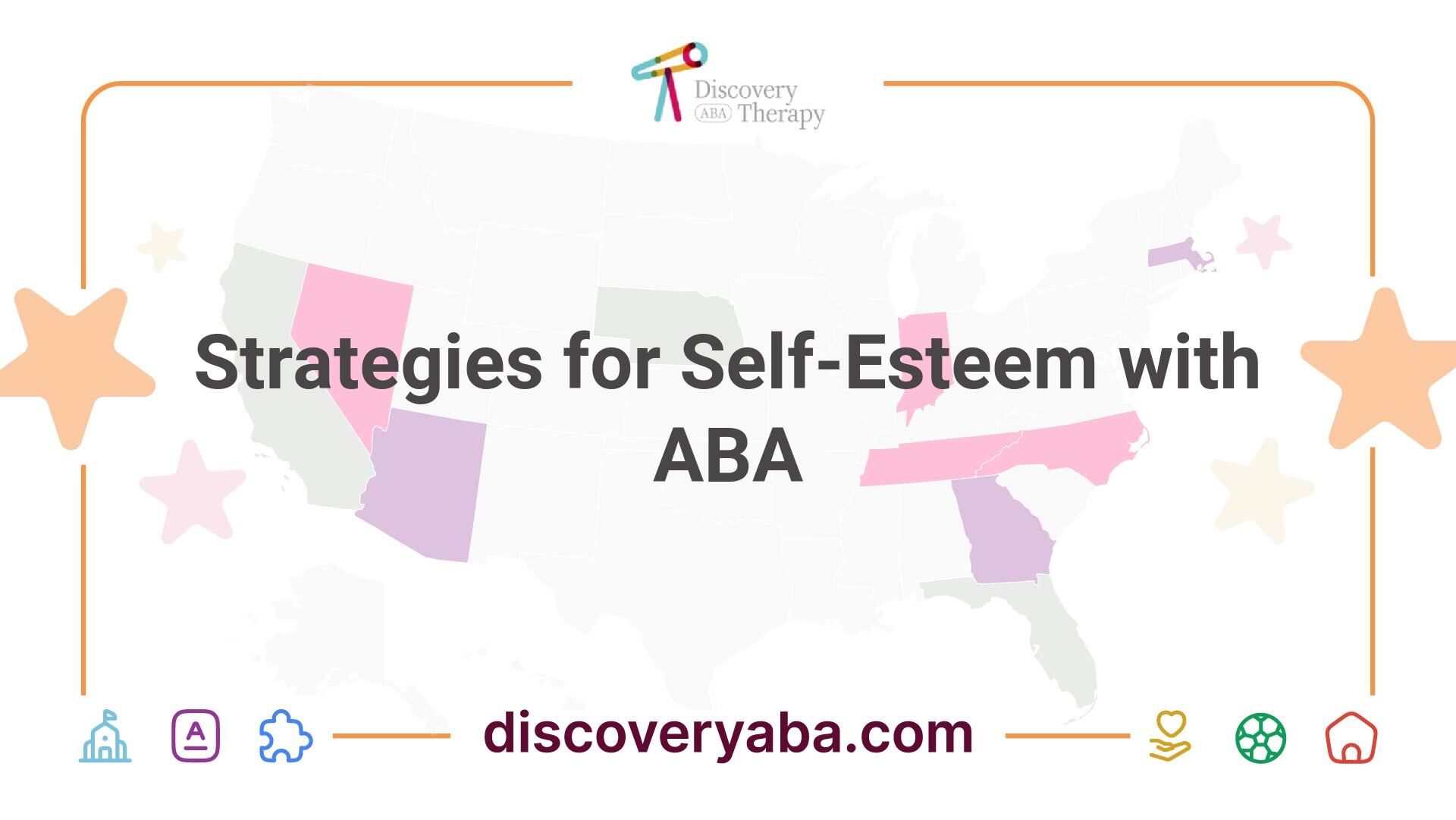




.jpeg)
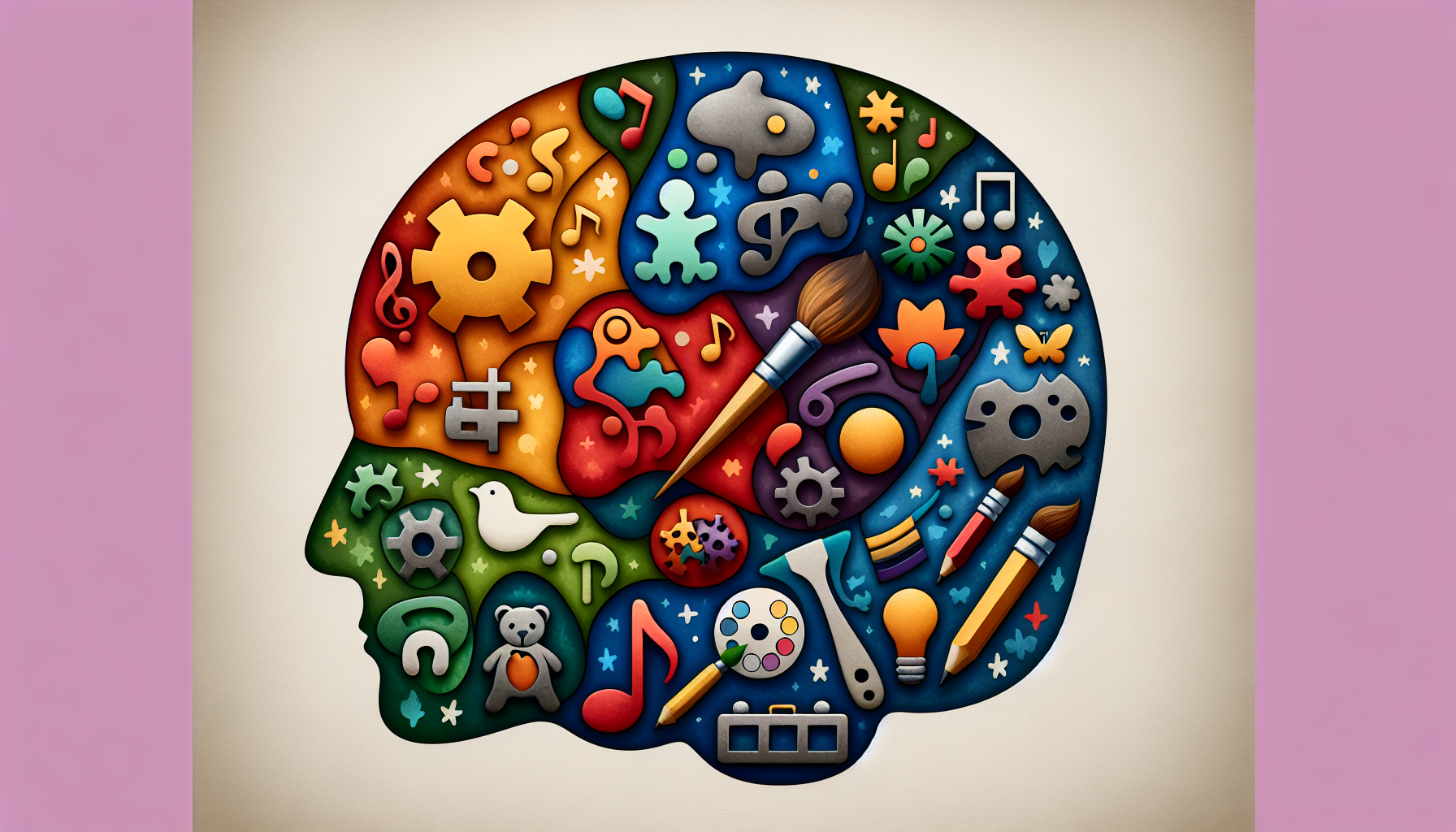






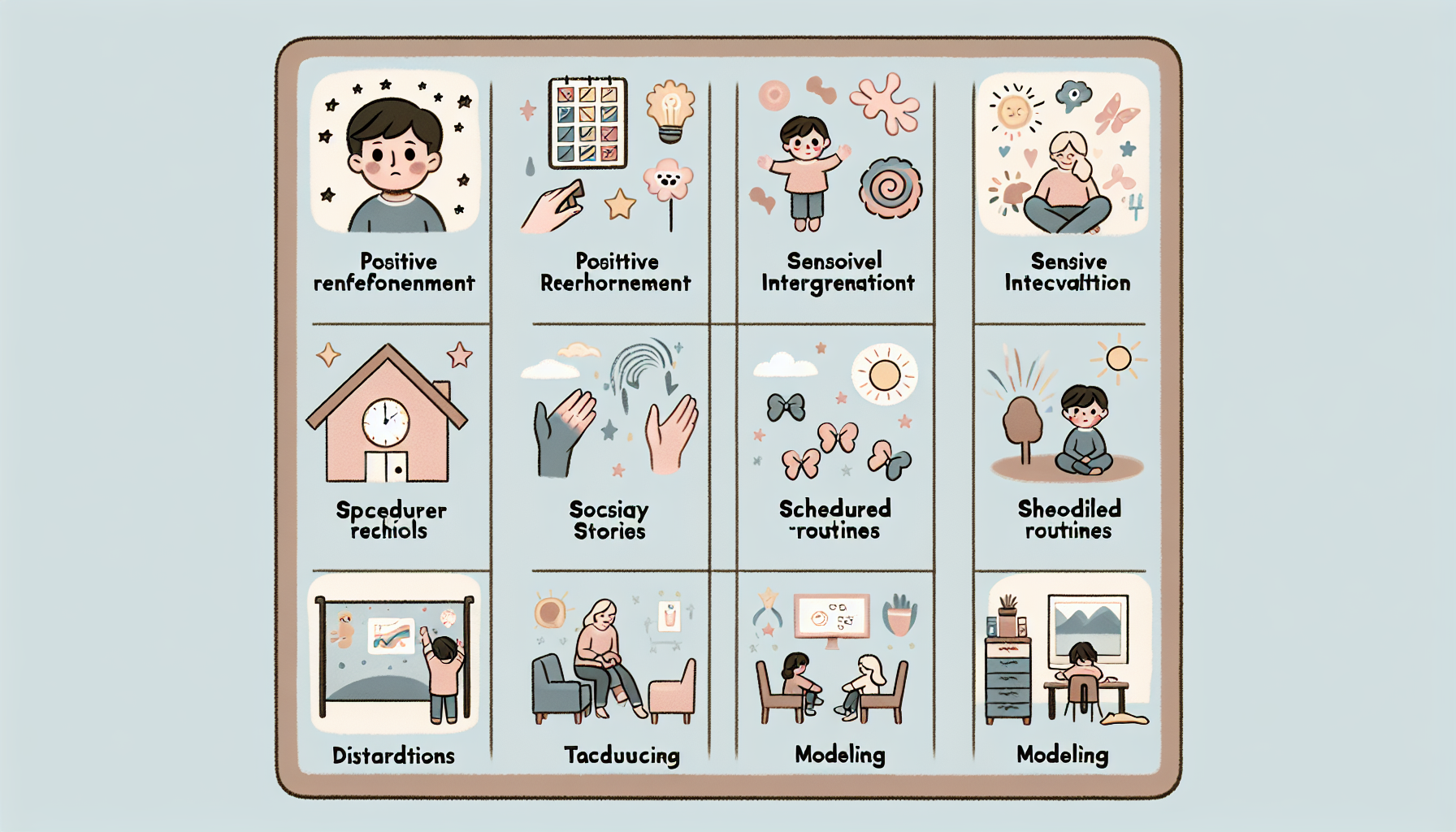

.jpeg)
.jpeg)



.jpeg)




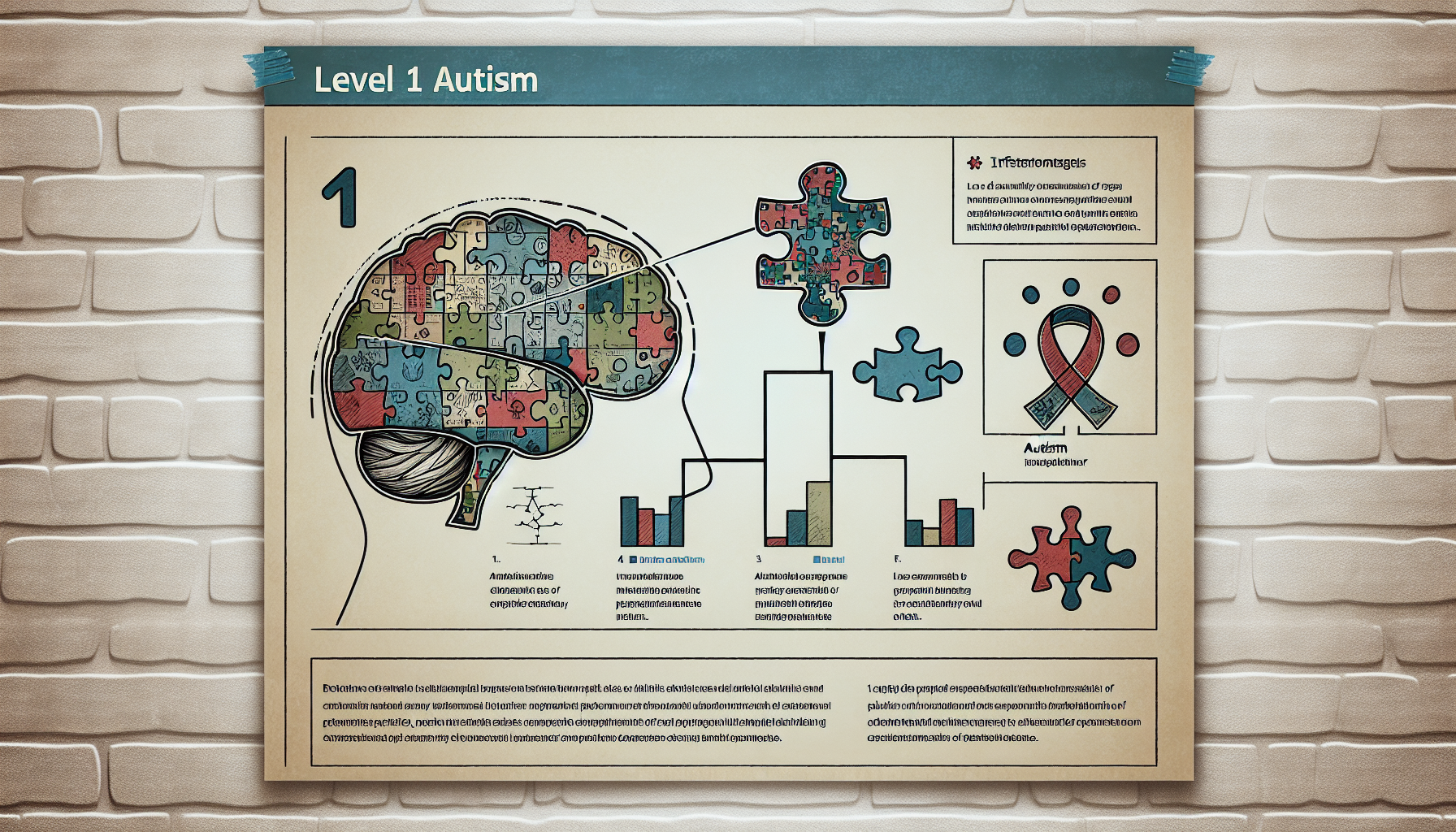











.jpeg)
.jpeg)


